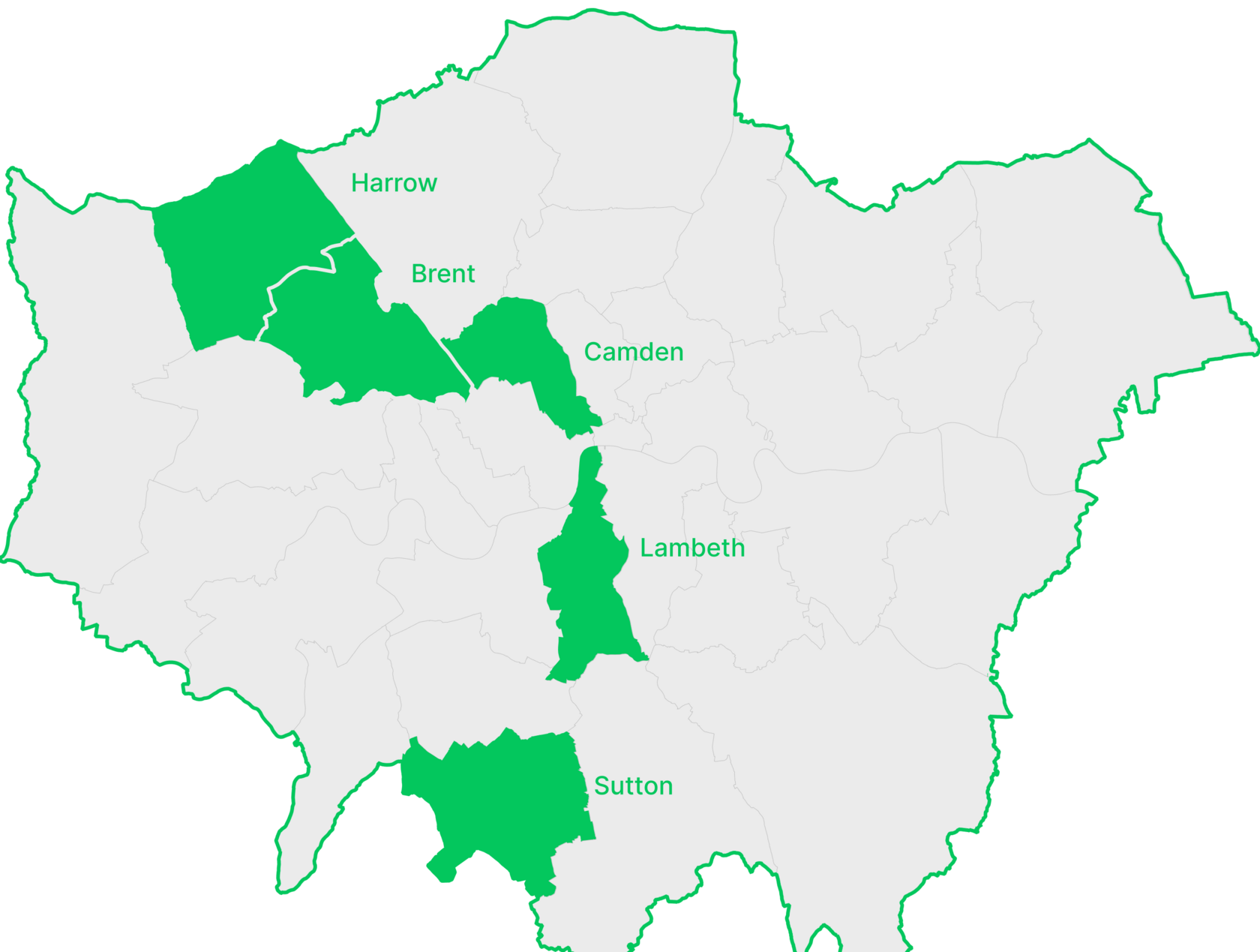
From Planning to
Development
Development
Evaluating London’s Planning Data for Predictive Insights
How can a Local Authority or utility provider be certain that a new housing project will proceed when planning for new infrastructure?
What type of data can one use for that? Does it exist? And what does data quality mean in this context?
What type of data can one use for that? Does it exist? And what does data quality mean in this context?

Quick Facts
4918
observations
5
London Boroughs
30+
datasets
2012-2023
observations timeframe
Project Overview
The Infrastructure Coordination Service (ICS) at the Greater London Authority (GLA) commissioned Novaya Labs to explore whether Community Infrastructure Levy (CIL) data, along with other factors, can help predict when planning applications progress to development commencement.
The project emerged from the need to better understand the ‘certainty of development’, which directly impacts utility companies’ ability to plan capacity around projected future growth.
The project emerged from the need to better understand the ‘certainty of development’, which directly impacts utility companies’ ability to plan capacity around projected future growth.
The project specifically aimed to determine whether CIL data could serve as a “leading indicator” for predicting when social housing is likely to progress towards development. Along with evaluating other factors, the Novaya Labs team tested whether this data was robust enough to build a predictive model for five London boroughs: Brent, Camden, Harrow, Lambeth, and Sutton.
Project goal
Project scope
To achieve this goal, our approach to the project included four analytical stages: Data Collection and Harmonisation, Single-Factor Analysis, Data Workshop, and Multiple-Factor Analysis for hypothesis testing.
Through these stages, our team was able to answer questions including:
Through these stages, our team was able to answer questions including:
1. Is Community Infrastructure Levy (CIL) relief a leading indicator for development progress? We tested this through the following hypotheses:
Does the relief impact the fact of commencement?
What impact does CIL Relief have on the probability of commencement?
Does CIL Relief impact the date of commencement?
What impact does CIL Relief have on the probability of commencement?
Does CIL Relief impact the date of commencement?
Number of applications
2. Does the applicant’s tenure type impact the probability of commencement?
3. Does the type of planning application impact the probability of commencement?
4. What are other factors that impact the probability of commencement?
5. Do we have enough data to build a Machine Learning Model with sufficient predictive accuracy?
Outcomes
Our team found that CIL relief significantly influences the probability of development commencement, with a notable increase in commencement likelihood when CIL relief is granted.
Additionally, we identified factors such as the applicant's tenure type and chargeable area that affect commencement probability. The study also offers insights for optimising data collection processes, data quality variations among boroughs, and limited sample sizes in some Boroughs.
Additionally, we identified factors such as the applicant's tenure type and chargeable area that affect commencement probability. The study also offers insights for optimising data collection processes, data quality variations among boroughs, and limited sample sizes in some Boroughs.
Finally, we found that CIL Relief and other explored factors account for just over 20% of the variability in development commencement.
Therefore, it's important to investigate different aspects of the development process, particularly construction market conditions and financial and risk profiles of housing providers, to build a more reliable machine learning model.
Represents the range between The minimum and maximum UK Bank Rate for the subsequent three years following the Decision Date for each application
ML Test (Logistic Regression).
Original Factors vs. External Factors
Original Factors vs. External Factors
For more information on this study and our services:
Yuriy Milevskiy
Co-Founder NOVAYA Labs
124 City Road, London, EC1V 2NX


